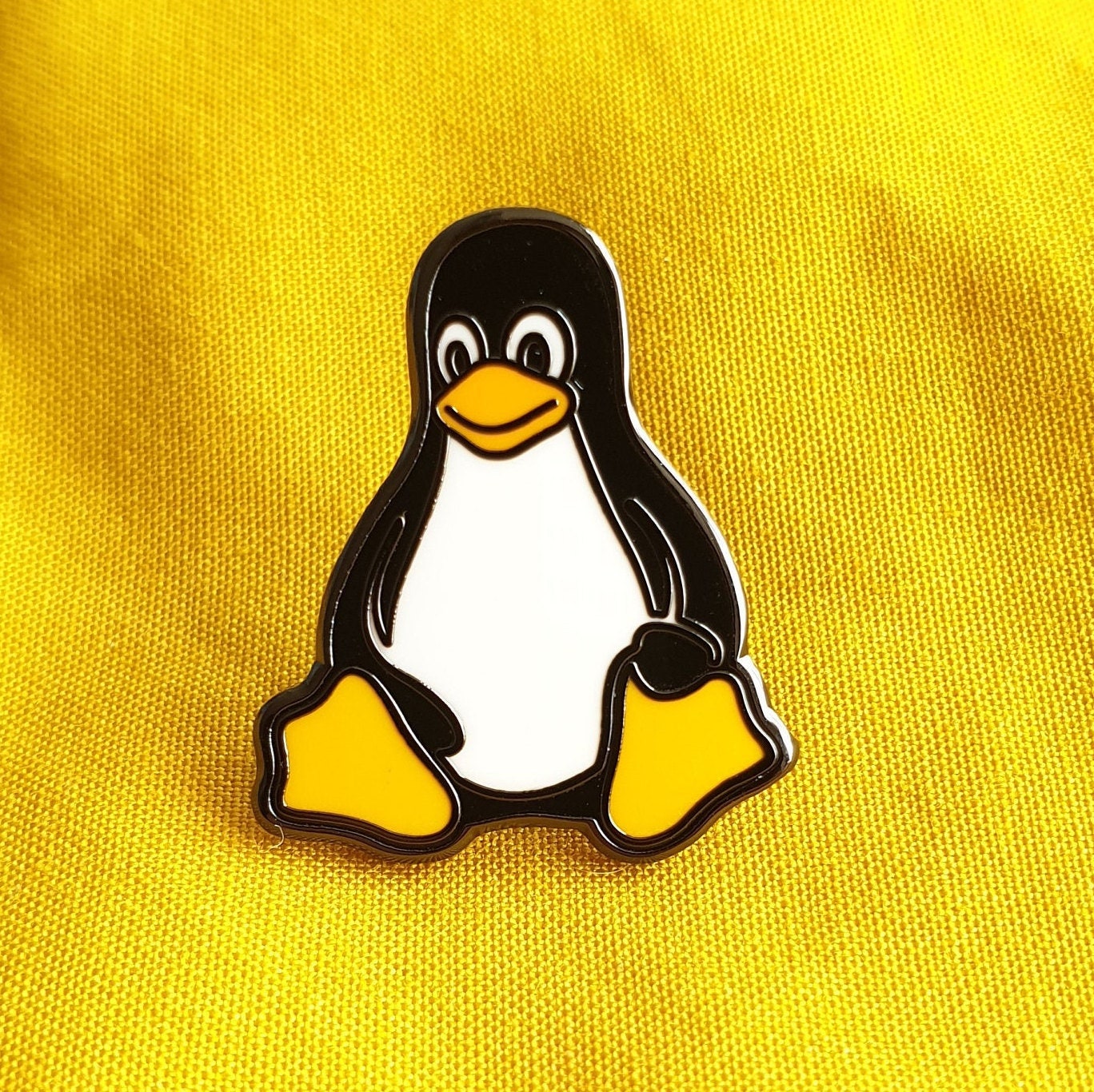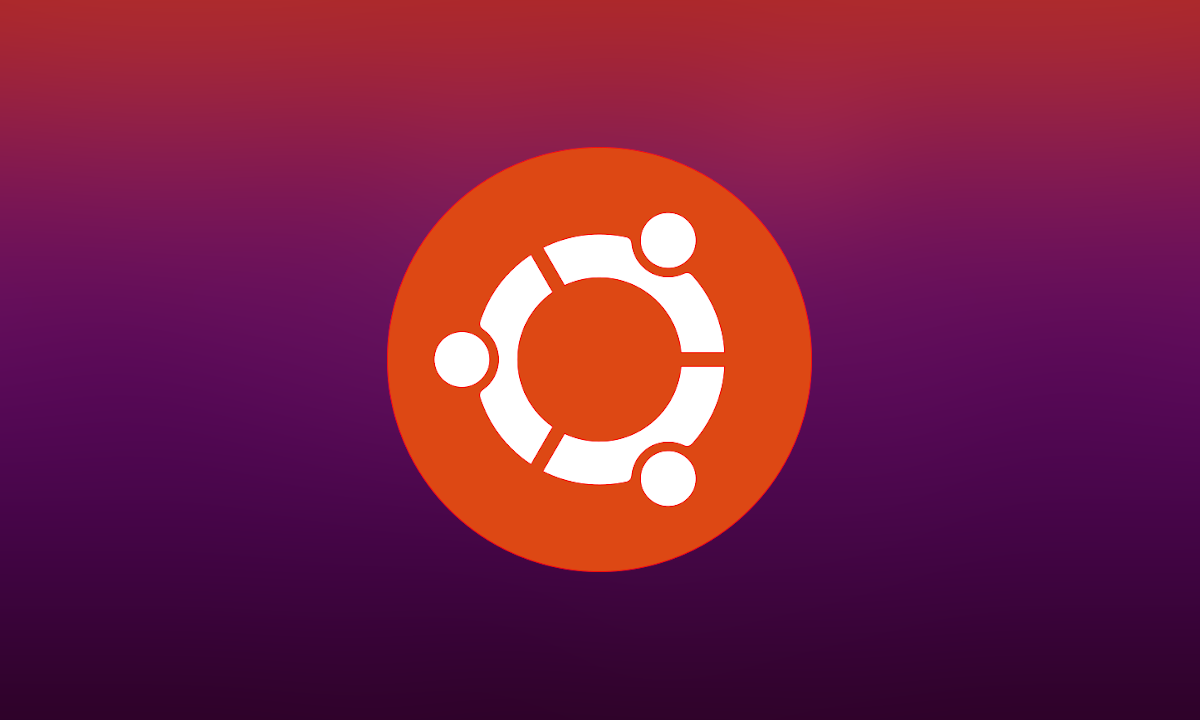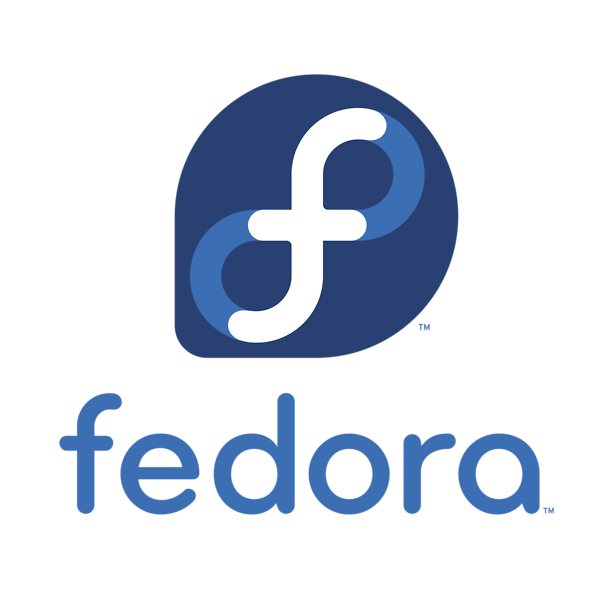Comparing Linux Distros (Week 13)
Comparing Linux Distros Ubuntu vs Fedora
Linux is an operating
system created by a Finnish student named Linus Torvalds on September 17 1991. Linus
was heavily inspired by GNU and especially with the use of Mr Richard Stallman’s
GNU C compiler without which Linux would not have existed at all. However a
little credit has to be given to Mr Andrew Tanenbaum for the creation of the
Minix kernel through which Mr Torvalds learnt everything he needed to build
Linux in the beginning. However, Minix’s license only restricted it to be used
for educational purpose thus forcing the shift to GNU[1]. It is also by far the
most successful open source brand towering over every other open-source brand
in the world. It was important for Linux to be open source, it is one of the
reasons why it is so reliable and has so few reliabilities. Thousands of
developers review and develop Linux code, it was also meant to be brilliant
under such potent and profound perusal.
Ubuntu is by far
the most popular Linux distribution floating around in the Linux distro bazaar.
Based on Debian, it has three different version, the desktop version for the
average person most probably a developer, the server edition for websites or
cloud computing (Ubuntu is the most popular system for cloud computing) and the
Ubuntu core version that is used to power robots and IoT technology[2]. One of
the key feature of Ubuntu is that the desktop version supports a wide range of software
that also works on windows and Mac OS such as Spotify, Skype, Firefox, Atom,
PyCharm etc[3]. A great benefit to working with Ubuntu is that the chance of
virus infections is very low due to the aforementioned topics in the above
paragraph.
Fedora on the
other hand is the 4th most popular distro in the world[1] and is based on . Similar
to Ubuntu, it has three versions, workstations for the average user who is
probably a developer, the server version for websites or for cloud computing and
then there is the atomic version which is used for working with Internet Of
Things (IoT)[2]. A lot of distro hoppers who have used the many versions of Linux
agree that Fedora can be described with two key word and those words are “bleeding
edge”[4]. In fact this is one of the main reasons that people use Fedora is
because it stands proud and ready at the gates of development and always is
upgraded to the latest and best version of the software that is physically
possible under the current circumstances. This is due to a group of hardcore
dedicated and committed red hat hat developers working around the clock to
prove that free open source code can be just as good or even better than
proprietary software.
In conclusion,
both Ubuntu and Red Hat are amazing Linux distros even when they stand alone by
themselves. Ubuntu is the safer and more mainstream version to choose from but
on the other hand, Fedora is “bleeding edge”. I personally would choose Fedora
over Ubuntu
Sources:
- https://en.wikipedia.org/wiki/Linux [1]
- https://www.educba.com/ubuntu-vs-fedora/ [2]
- https://www.educba.com/uses-of-ubuntu/ [3]
- https://www.addictivetips.com/ubuntu-linux-tips/best-reasons-to-use-fedora-linux/#:~:text=Fedora%20Linux%20might%20not%20be,who%20are%20familiar%20with%20Linux. [4]



Comments
Post a Comment